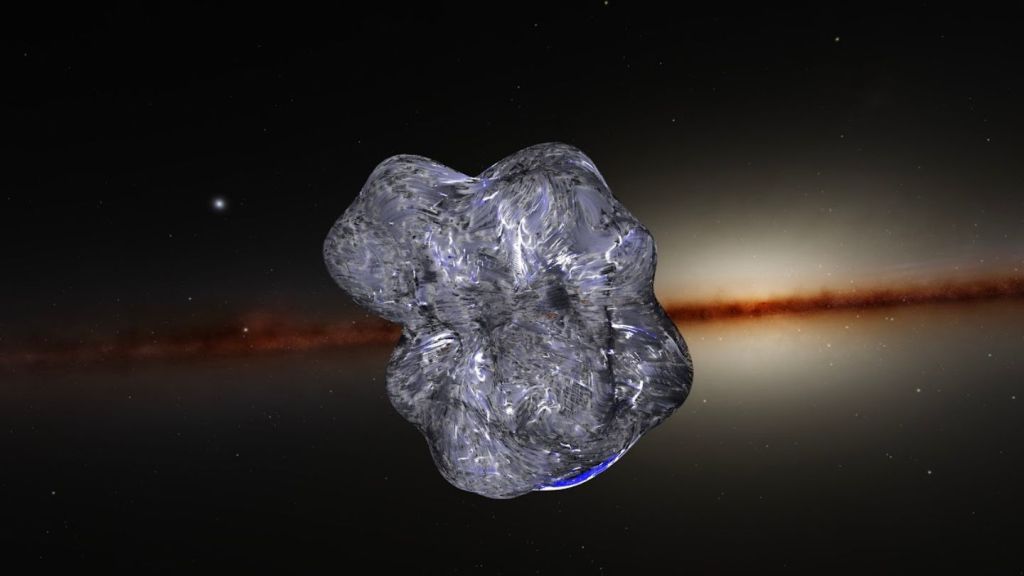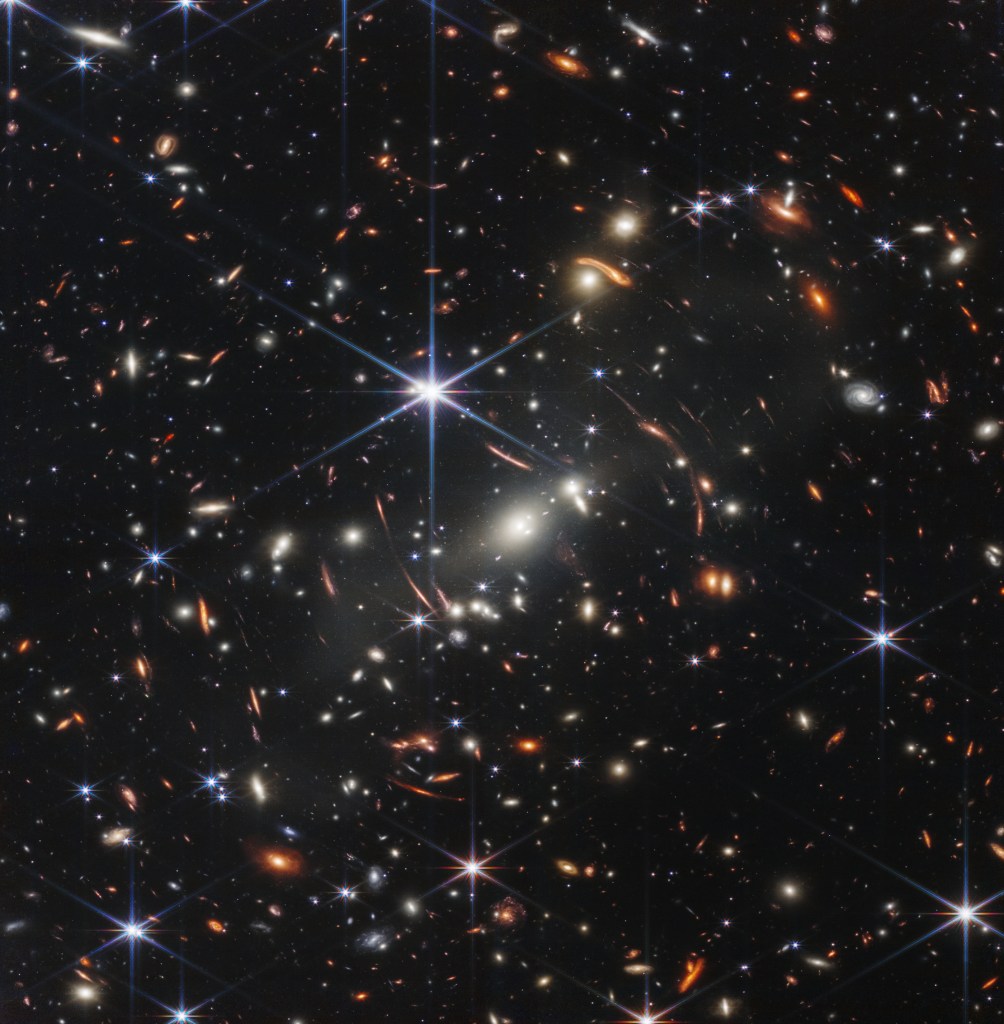For more than a decade, astronomers have been puzzled by energetic and unexplained bursts of radio light, observed in other galaxies, that flash for a fraction of a second and then mysteriously disappear. The sources of these fast radio bursts (FRBs), as they’re known, is one of the most tantalizing open questions in astronomy.
Now, for the first time, an international team of researchers have observed the source of one of these mysterious signals in our own galaxy, confirming that at least some of these enigmatic FRBs spring forth from magnetars, a bizarre class of dead stars. The finding sheds light on the origin of the bursts we’ve been observing in other galaxies, while also raising more questions since not all FRBs match the same profile.
Videos by VICE
The discovery of “an extremely intense radio burst” right here in the Milky Way earlier this year led scientists to pinpoint a local magnetar called SGR 1935+2154 as the source, according to a package of new studies published on Wednesday in Nature
“What’s really exciting about this study is that we definitely didn’t know that magnetars could produce such bright bursts,” said Ziggy Pleunis, a postdoctoral researcher at the McGill Space Institute in Montréal and co-author of one of the studies, in a call. “This new burst that we detected is about 1,000 times brighter than any other radio burst ever seen from a magnetar.”
The burst was so bright that an observer in a nearby galaxy could theoretically see it, leading astronomers to infer that some of the bursts that we are observing in other galaxies are also caused by magnetars.
Magnetars are the magnetically roiling and super-dense cores of massive stars that have exploded, collapsed, and died. Since the first FRB was discovered in 2007, magnetars have remained one of the prime culprits for the phenomena because these husks are known to spit out radio blasts with highly polarized waves that cohere with FRB signals.
“A lot of [theories] centered around magnetars because we know that there’s this magnetic energy reservoir that you can tap from to produce fast radio bursts,” Pleunis said. “The question has always been: if fast radio bursts are produced from magnetars, then why don’t we ever see a fast radio burst from the Milky Way? It’s a very good question to ask.”
On April 28, 2020, the radiant answer to this question came hurtling into the receivers of the Canadian Hydrogen Intensity Mapping Experiment (CHIME), a radio telescope in British Columbia, at the speed of light. It was a fast radio burst, now known FRB 200428, and it was clearly coming from the direction of SGR 1935+2154, located 30,000 light years away.
“We search the sky over 1,000 pixels in our field of view, and normally when we see a burst, it will light up maybe a few pixels,” Pleunis said. “In this case, there were 60 pixels that were lighting up and all detecting the same burst so it was immediately clear that something very bright hit the telescope.”
By late April, the CHIME collaboration had moved to remote work due to the Covid-19 pandemic, but team members still kept constant tabs on the data streaming in from the telescope. When FRB 200428 lit up the receivers, it sparked a flurry of Slack and Zoom conversations about the unprecedented detection of an FRB call from inside our galactic house.
“It was very exciting, of course,” Pleunis said.” Everyone jumped on it and was like: ‘Oh, what is this? What can it be?’”
“An active magnetar and a very bright radio burst from that direction made it very likely, already in the first few hours, that there was a connection there,” he added.
This link was bolstered by the independent detection of FRB 200428 by the Survey for Transient Astronomical Radio Emission 2 (STARE2), which has receivers in California and Utah, proving it was not a CHIME fluke. The Nature package includes a study led by Christopher Bochenek, a graduate student at the California Institute of Technology, that focuses on the STARE2 detection.
The clear observations allowed researchers to tease out many juicy details about the long-sought link between an FRB and its source. Bing Zhang, an astrophysicist at the University of Nevada, Las Vegas, led and co-authored the remaining studies in the package, which elaborate on the properties of the Milky Way FRB and the general mechanics of magnetar FRBs.
“These magnetars have this crazy strong magnetic field,” Pleunis said. “It doesn’t look like what you’re used to from textbook physics where you have a dipole and lines. It’s tangled in all different kinds of ways because it’s so extreme, which means there’s a lot of knots in there.”
“Because it’s active and it’s also spinning, you sometimes have these reconfigurations,” he continued. “The belief is that if one of these magnetic field lines get tangled, and sometimes they snap, that’s when you get a huge release of energy.”
The discovery of a local FRB, associated with a magnetar, is a major breakthrough, but both magnetars and fast radio bursts still have plenty of secrets left to spill. For instance, given that there are a few dozen known magnetars in the Milky Way, it’s not clear why only a few seem to emit radio bursts, and only one has been caught blurting out an FRB event.
Likewise, some bursts in other galaxies are far brighter than FRB 200428, suggesting that they cannot be explained by magnetars like SGR 1935+2154.
“What we would really like to do is find as many nearby fast radio bursts as we can,” Pleunis said, “because you can study them in greater detail.”




